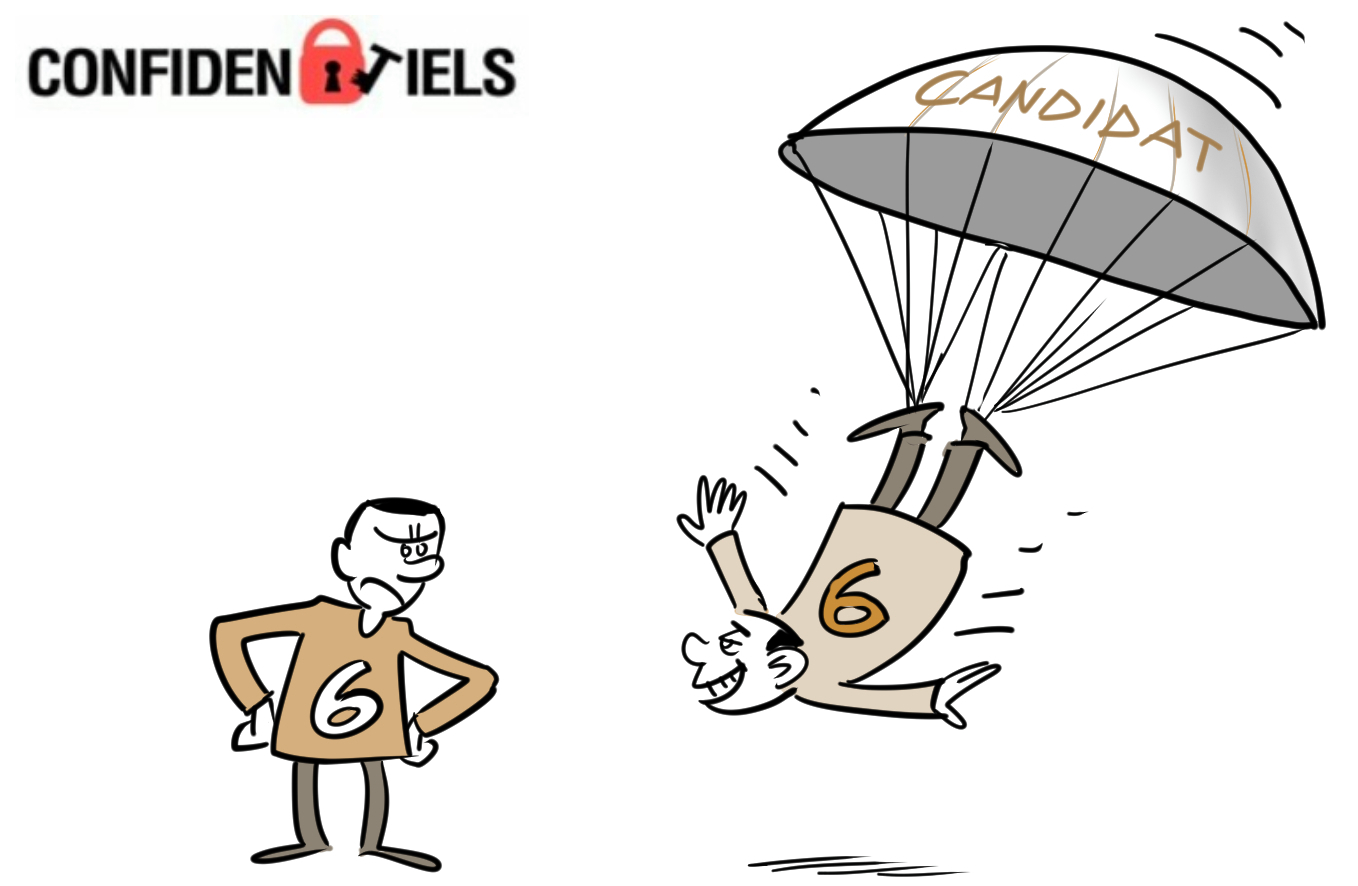Publicité
66th Independence : Social inequalities may abort India’s take-off
Par
Partager cet article
66th Independence : Social inequalities may abort India’s take-off

As India steps on its 66th independence year, Indians generally take pride in their country’s long march to progress over the years. With the sudden burst in economic growth and wealth creation that marked the last two decades, the world’s largest democracy was pegged along with China as one of the emerging giants in the years ahead. It was argued that if this growth trend was to continue, India might even overtake the US in the 2050s. Optimism was running high and led to the floating of the “shining India” and the “risingIndia” slogans to whip up excitement. True, India has made tremendous progress in contrast to the pre-independence years. The country has today more than 100 million prosperous Indians. In the Forbes world billionaires list, figure no less than 55 Indians. It is quiet advanced in Information Technology. The number of mobile phone users jumped from 3 million in 2000 to 929 million in 2012. The number of television channels has made impressive leap – from one in 1991 to almost 500 today. Malls and multiplexes are rising from the ground like mushroom as multinational retail outlets are setting up businesses. The first Formula One racing track is already on. India can deliver a nuclear bomb, launch war missiles and satellites. Bollywood keeps churning out a deluge of blockbusters and cricket propelled by recent world championship successes has become a craze. Cricket players are like demi- gods surpassing in popularity film stars. India seems to have entered the world stage and prediction has hastily been made about this century being the “Indian Century”. But ground realities are different. Can India become a global player despite its spectacular economic achievements? On the other side of the coin, there lurks a deep seated social malaise. The economic prosperity, it is said, has failed to embrace all of India because of the inherent appalling inequalities generated by a social system as old as India itself and to which the country has remained helpless in resolving. It is argued that mass poverty as a consequence of social inequalities may stand in the way of India’s ambition to become an economic giant.
Recent revelations by two eminent Economists, Nobel Laureate Amartya Sen of Harvard and Jean Dreze who taught at the London School of Economics and now at Allahabad university have thrown up debates and jostled India to a rude awakening. The contention of these Economists are that despite India’s growth’s achievements, the yawning gap between the haves and have not has been widening. Wealth is flowing only towards the rich who are becoming richer. Growth has hardly impacted on the plight of the poor in order to reduce miseries and improve living conditions. This is so because of the denial of basic social inequalities, like access to free primary education and public health care, which are so rampant in Indian society. The delivery of essential services and the development of human capabilities have received but scant attention from any of the government which has held office. Most afflicted with poverty are the economically backward pockets in the rural areas, those described in India as the low and scheduled castes.
Amartya Sen and Jean Dreze show in a comparative study that despite a higher growth, the country surprisingly is lagging behind its neighbours, with the exception of Pakistan, on several counts. In their book – AnUncertain Glory: India and its Contradictions- Sen and Dreze argue that India will not be able to scale up to newer height unless the social related issues, mainly of education and health care are tackled and the population at large is the beneficiary of the economic fruits. “Aneducated and healthy workforce” said Sen in a press interview, “brings economicgrowth and for that we need afundamental change”.
MASS POVERTY
Already, Indian Economists are revising initial expectations and having a second thought about India’ s ability to cross over the bar of the high jump to attain the big league. The questions being asked are “Can Indiafly? Can the country’s future as aneconomic superpower be assured?” One Economist wrote that “the greatest danger to India’s future is not Pakistan” but mass poverty and “overconfidence” of its rulers. Optimism and high expectations, it seems, have given way to a sense of despair as future outlook seems dim. Not only is future growth at stake but there reigns also a cloud of political uncertainty as none of the main parties can secure a clear mandate at any general election. They have to hobble on the clutches of the regional parties at whose mercy they are to form a coalition government. Though India is said to be doing presently reasonably well with a lower growth rate given today’s hostile economic environment, social factors could well hamper its progress towards becoming a robust country and ultimately a super power. It is not only economic growth that matters but also the development of human capabilities and health of the workforce that are regarded as key to sustainable economic growth. These have failed as pointed out by Sen and Dreze as growth in India has not been exciting to the vast majority of the 1.2 billion people, the underdogs of society, who continue to live in utter deprivations.
It is a glaring feature in India that prosperity lives easily side by side with poverty because there has been a woeful neglect over the years by the state of rectifying the crying social inequalities and major injustices that have always characterise India. Yet, the commitment made by rulers at the time of the country’s accession to independence in 1947 to better the lives of the people has remained a dead letter. Democracyin India is merely a slogan meant for election purpose and for paying lip service to the lots of the poor. Even in the 50s and 60s the so much lauded Nehruvian socialism failed to make a move toward universal elementary education although Nehru is held in high esteem being revered as the “chacha” of the nation. Rather, priorities were set on other things like the building of factories, steel mills, machines, dams for power supply and scooters relegating primary education and health services to the back seat.
CASTE SYSTEM
It is argued in India that the state has never been capable of delivering the tasks it has been entrusted to. Others try to get away with murder by squarely throwing the blame on the Hindu caste system. With caste as a profile in society, there is bound to occur class and gender inequalities. Given that the mainstream Indian politics and government machineries are mainly manned by upper class elites, the lower orders are traditionally left in the lurch. These elites consider the lower and Scheduled Castes as not deserving the minimum level of education and a better life. India’s submissive society condones degradations of all sorts because of the entrenched hierarchies in the caste system unless there is a strident call for reforms by resorting to tougher ways and means. As an example, Tamil Nadu and Kerala have both got better outputs with egalitarian welfare provisions than the Northern states because they succeeded in getting rid of upper caste’s stranglehold. One among the radicals in the South, Ramaswamy Naicker, set his foot down. His Dravidian movement was able to neutralize the influence of the upper caste dominated Congress party in the 60s to usher in changes that have ever since transformed the South.
According to Sen and Dreze, some of India’s neighbouring countries have scored better indices than India in terms of literacy, life expectancy, immunization of children, infant mortality, child undernourishment and girls’ schooling. The authors show on the strength of comparative figures the case of a country like Bangladesh which in spite of having less than half of India’s per capita GDP has achieved remarkable progress in many aspects. In Bangladesh, health services have improved because it focuses much more on female literacy and women’s empowerment. As an illustration, 82% of children in Bangladesh are fully immunized, 88% get vitamin A supplements, 89% are breastfed within an hour of birth against an average index of 50% in all the above areas in India. The rate of life expectancy is 69 years in Bangladesh against 65 in India while for infant mortality, the rate is 37% in Bangladesh against 47% in India.
HEALTH CRISIS
India’s poor sanitation gives further cause for concern. Almost 600 million Indians defecate in the open creating serious health hazards like diarrhea and encephalitis which kill between 400,000 and 500,000 children under the age of five each year. Furthermore, the health crisis is as Sen said “the biggest adversity” facing India today. The State, it is revealed, has abdicated its responsibility for providing healthcare leaving health services in the hands of the money-making private sector when the core principle of universal health coverage is for the government to ensure that access to health services are reachable to all irrespective of their ability to pay. This implies that those who are better off can afford paid medical facilities while the poor have to rely on low-quality, if not, exploitative private medical care to be able to survive. Worse, very little is done for preventive care and better health education. India devotes 1.2% of its GDP to government spending on health. In comparison, the emerging giant China devotes 2.7%. The paradox is that India spends a lot more (as much as 2% of GDP) on subsidies in favour of the privileged class for fertilizers, petroleum products and power supply when 350 million Indians living under the poverty line have no electricity connection and safe water at all.
Nothing but education lies at the heart of solving a country’s problems, it is said. India’s public education according to Sen and Dreze remains in abysmal shape though the country can boast of having a number of elitist schools of high standard. In the rural areas, 50% of state primary schools remain empty while teachers also have a fi eld day with scandalous rate of absenteeism. Probably because the irrelevant Gandhian belief that small children should be taught handicraft fi rst before learning to read and write is still hovering and seems to be the roadblock that jams the educational emancipation of the poor. But it seems Indian rulers have failed to grasp the lessons of developing countries like, for example, Japan after the Meiji restoration, which having invested in education and enhancing human capabilities have achieved rapid growth because of a fully literate society. On that score, Bangladesh and Nepal have a higher proportion of literate young women than India.
It is against this “background of mass social deprivations”, argueSen and Dreze, “that the opulence of the rich (in India) seems particularly grotesque”.
For India to become stronger and be able to compete with economic giants in the years ahead, the authors’ prescriptions are that public policy changes as a reflection of democratic politics are required with a radically different approach. In other words, equalise life chances for everyone to be taken on board. How to do it? One may think about the Marxist approach? That would encourage gravitation by the poor towards communism and develop tendencies towards dictatorship which no Indian would accept. Anyway, the emphasis should be more on removing the massive social inequalities that hold India “caged inbackwardness” in order to eventually favour the emergence of a welfare-minded state which is not the case at present. A country as vast and diverse in all ways as India with 85 major political parties,30 main languages, 6 main religions and “300 waysof cooking the potato”, where political expediency seems to ride over every other considerations, where discipline is a vain word and where the “chai-pani” (bribery) fever has caught almost everyone from the “chaprasi” (peon) to the highest echelon of administration, the task of modernizing and reforming India may not be that easy.
Publicité
Les plus récents






